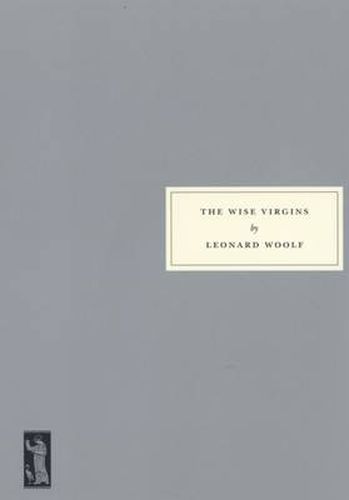Readings Newsletter
Become a Readings Member to make your shopping experience even easier.
Sign in or sign up for free!
You’re not far away from qualifying for FREE standard shipping within Australia
You’ve qualified for FREE standard shipping within Australia
The cart is loading…






The Wise Virgins (1913) is a semi-autobiographical novel about a dilemma: whether Harry, the hero, should go into the family business and marry the suitable but dull girl next door or move in artistic circles and marry one of the entrancing ‘Lawrence’ girls. For, as Lyndall Gordon writes in her Persephone Preface: ‘It is a truth widely acknowledged that Camilla Lawrence is a portrait of the author’s wife - Virginia Woolf.’ This is one reason why the novel is so intriguing. But it is also a Forsterian social comedy, funny, perceptive, highly intelligent, full of clever dialogue and at times bitterly satirical; while the dramatic and emotional denouement still retains a great deal of its power to shock. It was on his honeymoon in 1912 that Leonard Woolf began writing his second (and final) novel. He was 31, newly returned from seven years as a colonial administrator, and asking himself much the same questions as his hero. Helen Dunmore wrote in The Sunday Times : ‘It’s a passionate, cuttingly truthful story of a love affair between two people struggling against the prejudices of their time and place. Woolf’s writing is almost unbearably honest.
$9.00 standard shipping within Australia
FREE standard shipping within Australia for orders over $100.00
Express & International shipping calculated at checkout
The Wise Virgins (1913) is a semi-autobiographical novel about a dilemma: whether Harry, the hero, should go into the family business and marry the suitable but dull girl next door or move in artistic circles and marry one of the entrancing ‘Lawrence’ girls. For, as Lyndall Gordon writes in her Persephone Preface: ‘It is a truth widely acknowledged that Camilla Lawrence is a portrait of the author’s wife - Virginia Woolf.’ This is one reason why the novel is so intriguing. But it is also a Forsterian social comedy, funny, perceptive, highly intelligent, full of clever dialogue and at times bitterly satirical; while the dramatic and emotional denouement still retains a great deal of its power to shock. It was on his honeymoon in 1912 that Leonard Woolf began writing his second (and final) novel. He was 31, newly returned from seven years as a colonial administrator, and asking himself much the same questions as his hero. Helen Dunmore wrote in The Sunday Times : ‘It’s a passionate, cuttingly truthful story of a love affair between two people struggling against the prejudices of their time and place. Woolf’s writing is almost unbearably honest.